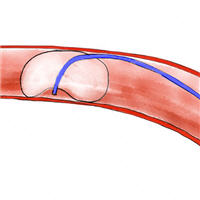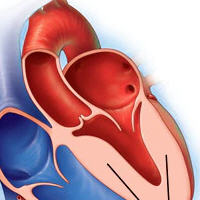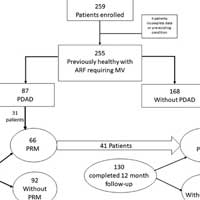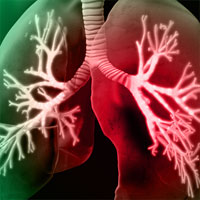Tag: discharge

Pulmonary Artery Catheterization in Patients with Cardiogenic Shock
Very low-quality observational evidence suggests pulmonary artery catheterization (PAC) use in patients with cardiogenic shock is associated with lower mortality. Overall, these results support consideration of PAC for... read more

Scripts for Subconjunctival Hemorrhage, Fainting and Syncope, and Viral Illness
Many parts of the ED encounter interfere with patient or family comprehension, not the least of which is the ED's noisy, hurried environment. But other factors affect what they understand and remember about the encounter—their... read more

Multimorbidity on Long-Term Outcomes Following ICU Discharge
This national cohort study has demonstrated increased resource use for critical care survivors in the year following discharge but fails to replicate past findings of increased longer-term mortality. Multimorbidity, lifestyle... read more

Expanding Post-Discharge Readmission Metrics in Patients with COPD
Of 1,384,025 hospitalizations, 11,304 encounters from 8097 patients met criteria to be index hospitalizations. Most index hospitalizations were inpatient hospitalizations (74.8%) versus observation hospitalizations (25.2%).... read more

Long-Term Implications of Abnormal Left Ventricular Strain During Sepsis
Among patients with sepsis and pre-existing cardiac disease who survived to ICU discharge, left ventricular global longitudinal systolic strain demonstrated a U-shaped association with cardiovascular outcomes through 24 months.... read more

Problems in care and avoidability of death after discharge from ICU
The proportion of deaths in hospital with some degree of avoidability is higher in patients discharged from an ICU than reported in hospital-wide populations. Extrapolating our findings suggests around 550 probably avoidable... read more

Development of Persistent Respiratory Morbidity in Previously Healthy Children After ARF
Persistent respiratory morbidity develops in up to potentially 44% of previously healthy children less than or equal to 24 months old at follow-up after acute respiratory failure (ARF) requiring mechanical ventilation. This... read more

Glucose Variability as Measured by Inter-measurement Percentage Change is Predictive of In-patient Mortality in Aneurysmal Subarachnoid Hemorrhage
Reduced glucose variability is highly correlated with in-patient survival and long-term mortality in subarachnoid hemorrhage (aSAH) patients. This finding was observed in the non-diabetic and well-controlled diabetic patients,... read more

Beta-Blocker Therapy in Severe TBI
Propranolol decreases in-hospital mortality and improves long-term functional outcome in isolated severe Traumatic Brain Injury (TBI). This randomized trial speaks in favor of routine administration of beta-blocker therapy... read more

Association Between Hypothermia/Ischemia Ratio and Functional Outcome
Although a larger hypothermia/ischemia ratio was associated with good functional outcome after out-of-hospital cardiac arrest in this cohort, this association is primarily driven by duration of time to return of spontaneous... read more

The Association of Clinical Variables and the Development of Specified Chronic Conditions in ICU Survivors
Clinical variables, especially the reason for ICU admission, are associated with the development of chronic conditions after ICU discharge. Therefore, these clinical variables should be considered when organizing follow-up... read more

Effects of Sepsis on Mortality in Critically Ill Patients 2 Years After ICU Discharge
Compared with patients without sepsis, those with sepsis have higher mortality in the intensive care unit and have more pain, hospital readmissions, and functional decline within 2 years after discharge. During the study,... read more

Ventilation Rates and Pediatric In-Hospital Cardiac Arrest Survival Outcomes
In this multicenter cohort, ventilation rates exceeding guidelines were common. Among the range of rates delivered, higher rates were associated with improved survival to hospital discharge. Arterial blood pressure and... read more

Outcomes of VV ECMO When Stratified by Age
The purpose of this study was to evaluate survival to hospital discharge for patients on venovenous extracorporeal membrane oxygenation (VV ECMO) when stratified by age. We performed a retrospective study at single, academic,... read more




